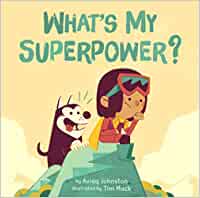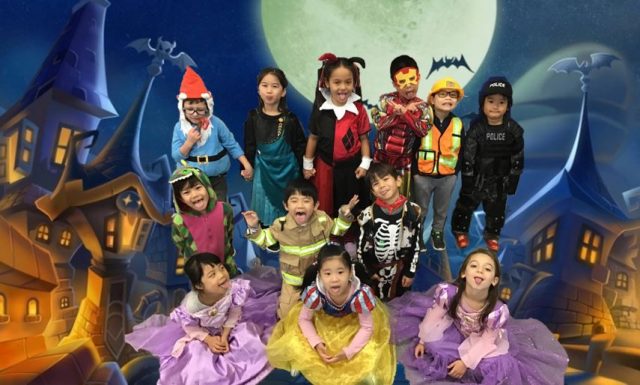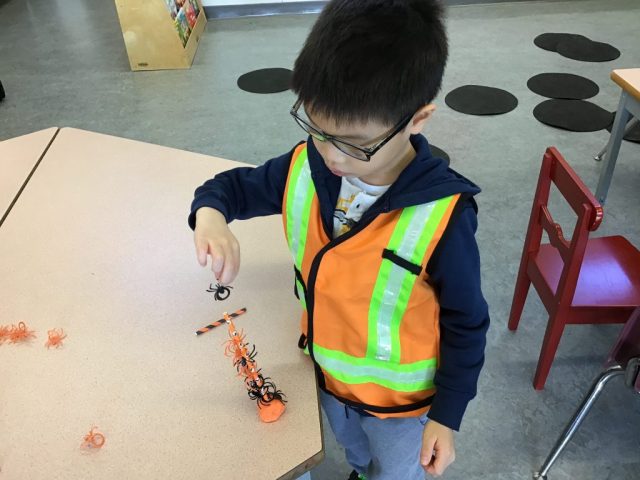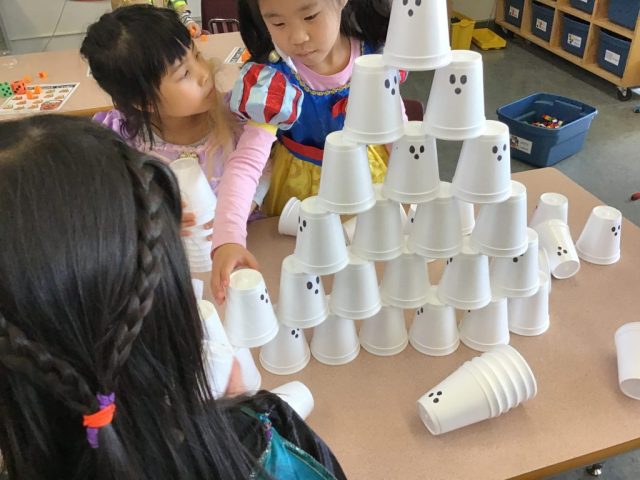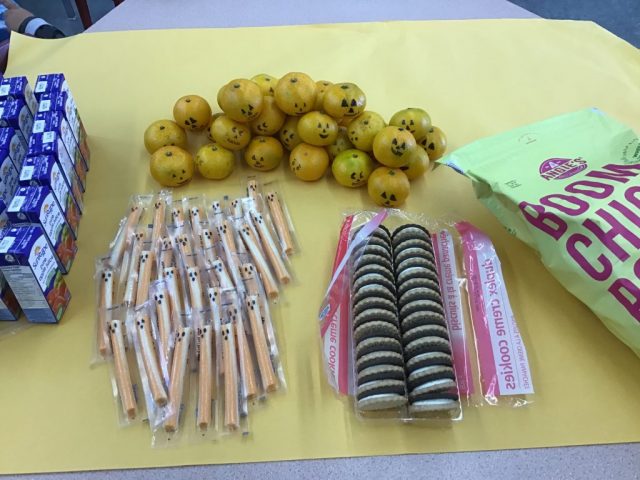What does math looks like in our classroom?
Most of our time is spent actively practicing new strategies and developing math fluency through hands-on activities, such as games, puzzles etc. We also work together because cooperative learning encourages different ways of thinking. We can count, show one-to-one correspondence, order and compare numbers, subitize (the ability to quickly identify the number of items in a small set without counting), estimate, decompose numbers (break a number into smaller parts) and form numerals correctly.









